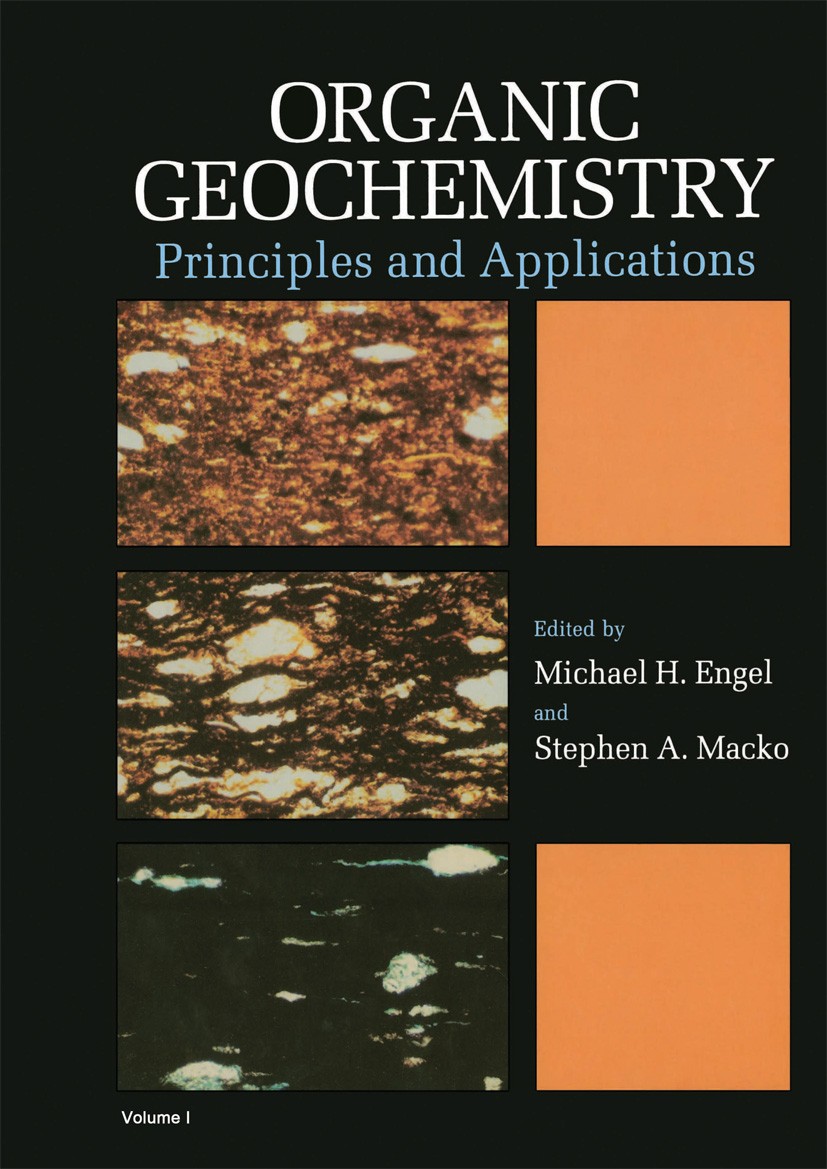Long chain n-alkanes in lake sediment track differences in adjacent land vegetation.
IF 2.5
3区 地球科学
Q2 GEOCHEMISTRY & GEOPHYSICS
引用次数: 0
Abstract
We conducted an analysis of n-alkanes, lignin-derived phenols, and other sediment markers from 19 lakes across four ecoregions in Saskatchewan, Canada, spanning from Prairie Grassland to Boreal Upland. Our goal was to establish whether these biomarkers relate to different ecoregions and land cover types (herbaceous plants vs trees) in the catchments of these lakes. Our findings revealed a significant inverse correlation between the proportion of herbaceous plants to trees in a lake’s catchment and the proportion of aquatic n-alkanes Paq (C23 + C25)/(C23 + C25 + C29 + C31) indicating that aquatic plants contributed proportionally more to sedimentary n-alkanes when the catchments were mostly in Boreal forest. We also observed significant positive correlations between the proportion of herbaceous plants to trees in a lake’s catchment and the n-alkane composition ratios C31/(C27 + C31) and C31/(C27 + C29 + C31), reflecting higher relative inputs of C31 from herbaceous vegetation. These findings suggest that these ratios could potentially be utilized to infer historical land cover composition based on dated sediment records. Moreover, variations in the C31/(C27 + C31) alkane ratio were observed among ecoregions, particularly between Prairie Grassland and the forest-dominated areas. We found no correlations between chlorophyll-a concentrations in lake water and the above-mentioned n-alkane ratios in sediment, suggesting that these ratios primarily reflect land cover composition rather than autochthonous production in the lakes. Additionally, the C/N ratio and δ13C were not effective in distinguishing ecoregions or land cover composition, likely due to influences from algal production and perhaps agricultural activities in surrounding farmland. In contrast, lignin-derived phenols in sediments showed relatively little association with their respective ecoregions and appeared to be influenced by decomposition as evidenced by high ratios of carboxylic acids relative to aldehydes (Ad/Al). Overall, our research highlights the potential of n-alkanes as biomarkers for tracking distinct land cover types due to their strong associations with the proportion of grasses and trees.
湖泊沉积物中长链正构烷烃在相邻陆地植被中的踪迹差异。
我们对加拿大萨斯喀彻温省从草原草原到北方高地的四个生态区的19个湖泊的正构烷烃、木质素衍生的酚类和其他沉积物标志物进行了分析。我们的目标是确定这些生物标志物是否与这些湖泊集水区的不同生态区域和土地覆盖类型(草本植物与树木)有关。研究结果表明,湖泊集水区草本植物与树木的比例与水生正构烷烃的比例(Paq (C23 + C25)/(C23 + C25 + C29 + C31)呈显著负相关,表明当集水区以北方森林为主时,水生植物对沉积正构烷烃的贡献比例更大。正构烷烃组成比值C31/(C27 + C31)和C31/(C27 + C29 + C31)与湖泊流域草本植物与树木的比例呈显著正相关,反映了草本植物对C31的相对投入较高。这些发现表明,这些比率可能被用来根据年代沉积物记录推断历史上的土地覆盖组成。此外,C31/(C27 + C31)烷烃比值在不同生态区之间存在差异,特别是在草原草原和森林为主地区之间。我们发现湖水中叶绿素a浓度与沉积物中上述正构烷烃比值之间没有相关性,这表明这些比值主要反映了土地覆盖组成,而不是湖泊的本地生产。此外,C/N比率和δ13C在区分生态区域或土地覆盖组成方面并不有效,这可能是由于藻类生产和周围农田农业活动的影响。相比之下,沉积物中木质素衍生的酚类与各自的生态区域的关联相对较小,并且似乎受到分解的影响,羧酸相对于醛类(Ad/Al)的高比率证明了这一点。总的来说,我们的研究强调了正构烷烃作为追踪不同土地覆盖类型的生物标志物的潜力,因为它们与草和树的比例有很强的相关性。
本文章由计算机程序翻译,如有差异,请以英文原文为准。
求助全文
约1分钟内获得全文
求助全文
来源期刊

Organic Geochemistry
地学-地球化学与地球物理
CiteScore
5.50
自引率
6.70%
发文量
100
审稿时长
61 days
期刊介绍:
Organic Geochemistry serves as the only dedicated medium for the publication of peer-reviewed research on all phases of geochemistry in which organic compounds play a major role. The Editors welcome contributions covering a wide spectrum of subjects in the geosciences broadly based on organic chemistry (including molecular and isotopic geochemistry), and involving geology, biogeochemistry, environmental geochemistry, chemical oceanography and hydrology.
The scope of the journal includes research involving petroleum (including natural gas), coal, organic matter in the aqueous environment and recent sediments, organic-rich rocks and soils and the role of organics in the geochemical cycling of the elements.
Sedimentological, paleontological and organic petrographic studies will also be considered for publication, provided that they are geochemically oriented. Papers cover the full range of research activities in organic geochemistry, and include comprehensive review articles, technical communications, discussion/reply correspondence and short technical notes. Peer-reviews organised through three Chief Editors and a staff of Associate Editors, are conducted by well known, respected scientists from academia, government and industry. The journal also publishes reviews of books, announcements of important conferences and meetings and other matters of direct interest to the organic geochemical community.
 求助内容:
求助内容: 应助结果提醒方式:
应助结果提醒方式:


